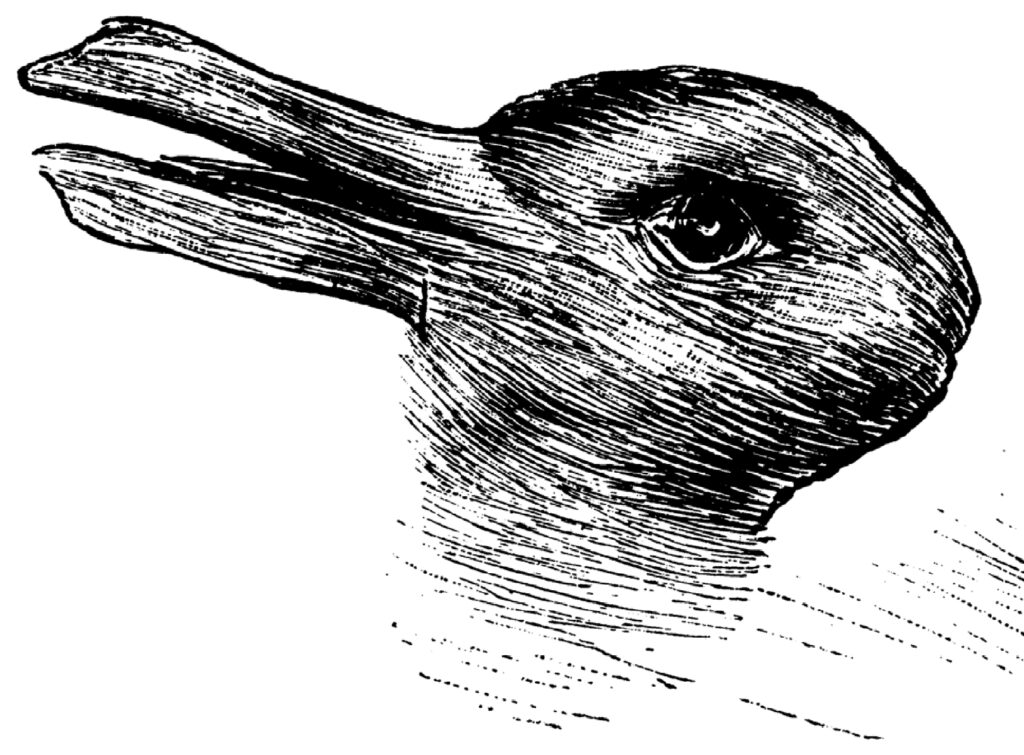The twentieth-century philosopher Isaiah Berlin divided the world into two types of people: Hedgehogs and Foxes.
When it comes to objectives, Hedgehogs methodically analyse and clarify the world so they can isolate a single goal and chase it.
By contrast, Foxes embrace the plurality and diversity of life. We experience competing values and obligations that never quite mesh together so. There can never be a single objective to pursue in life – so instead we should try to achieve multiple goals.
Why Hedgehogs and Foxes? In nature, a Hedgehog’s one line of defence is to roll up into a spiky ball, whereas a fox has many means to avoid danger.
Berlin drew this distinction with implications for politics and ethics in mind. But we can also apply this thinking to business. In particular around the question – should we try to maximise a single objective like profit? Or should we target multiple objectives?

Hedgehogs
Hedgehogs are those people who pursue a single objective with dedication. They allocate their time and money to maximise that goal. For example, a Hedgehog-Marketer would optimise their campaigns and budgets against a single objective like sales or recruiting new customers – but not both. Attempting to do both could risk achieving neither.
For a Hedgehog, if we appear to have competing goals, it’s only because we haven’t analysed the situation thoroughly enough. Once we do then any apparent dilemma disappears.
Let’s look at an example of a Hedgehog-CEO, who has one objective: to maximise profit for his or her company. Other goals like employee satisfaction or environmental impact are just a means to an end. Profit is all that matters.
The Hedgehog-CEO is then presented with an opportunity where the company can launch a new product which will increase profits but damage the environment. The Hedgehog-CEO simply needs to calculate if the reputational impact from the environmental damage will result in fewer sales, offsetting the increased profits.
If the increased profits from the launch exceeds the loss in sales from a damaged reputation, then the Hedgehog-CEO would go ahead with the new product. And vice-versa. The calculation may not be an easy one – it can be hard to predict how consumers might react to the environmental impact. But at least the Hedgehog knows what calculation to make.
It’s worth noting that the single-objective for a Hedgehog does not have to be profit. A Hedgehog working for a charity might have the goal of eliminating cancer. Everything they do is with that objective in mind. What Hedgehogs have in common is that they each have a their own clear goal.
To recap, Hedgehogs tend to have the following characteristics:
- Hedgehogs diligently pursue a primary objective – e.g. maximising profit
- Any other objectives are secondary, their only value is as a means to an end
- They typically dedicate time and effort to understand how succeeding in those secondary objectives drives the primary objective, so there are no conflicting goals
Being a Hedgehog has its attractions. There is something reassuring about having that clarity of purpose. But the difficulty for Hedgehogs comes from actually making those calculations from one objective to another.

Foxes
Ironically for a description of those who follow a single path, it can be difficult to describe Hedgehogs. They can be called Absolutists, Compatibilists, Instrumentalists, Monists, Reductionists or Unitarists. Whereas their counterparts Foxes can be more easily defined as Pluralists.
Foxes respect the complexity of the real world. Life is messy, with more than one thing that matters. Whether in our personal lives or in business, we often have to make difficult choices.
For Foxes, we might not always be able to convert one value or interest in terms of another. Let’s return to our example of a new product that would increase profits but damage the environment. For a Fox-CEO who values both profits and the environment, there is no calculation to generate the right answer.
That’s not to say the Fox-CEO is paralysed by the dilemma and can’t make a decision. Instead he or she might have to draw on rules of thumb to help them. Say the CEO’s company announced a Carbon Footprint target at the start of the year. If the brand can remain within its environmental commitments, then the Fox-CEO would go ahead with the launch.
You can think of this as a constrained or bounded optimisation. The Fox-CEO still wants to increase profits. But he or she follows some additional guidelines that respect their other values like the environment or employee welfare.
Notice how the Fox-CEO and the Hedgehog-CEO could come to the same conclusion. But the way they approach the question is very different.
In summary, Foxes typically have the following characteristics:
- Foxes value multiple things, e.g. profit, the environment, the well-being of their colleagues
- Each value or objective is an independent goal in its own right. None are a means to an end
- When there is a clash of values, Foxes may resort to simple rules to resolve their dilemma

Duck-Rabbits
Before I wrap up, it’s worth pointing how the Absolutism of Hedgehogs and the Pluralism of Foxes differs from a third group – Relativists. To continue with the animal theme, I’m going to use Duck-Rabbits to represent Relativists.
The Duck-Rabbit is a classic image, made famous by Wittgenstein. Is the picture of a duck or a rabbit? It could be either.
In a similar vein, Relativists argue you can go either way when faced with a dilemma. Do what you want. And don’t beat yourself up about your decision, as there was never a right or wrong answer.
In our example, if you want to maximise profits, launch the product. If you want to protect the environment then don’t. Either course of action is justified.
But this position feels too defeatist and pessimistic. It would result in a culture where no-one took any responsibility for their decisions, as almost any course of action could be justified after the event.
Understanding Which Animal We Are?
For those that care, I’ve already made it clear that I’m not a Duck-Rabbit Relativist. So does that make me a Hedgehog or a Fox?
I have a lot of respect for Hedgehogs – those that have that single-mindedness to chase a specific objective. I’ve spent much of my career doing Hedgehog type things: whether that’s analysing data to discover the relationship between different factors or optimising marketing budgets to maximise a single KPI like profit.
But regularly doing those things makes me appreciate how much time and money they require. Brands don’t always have the necessary budget or luxury of time to investigate every last avenue. We often need to make decisions before a deadline. In practice, it makes sense to use the available data to inform our choices. And if we’re still faced with a tricky dilemma then we call on rules of thumb to get to a decision. In these circumstances, it pays to be Foxy.
You might ask why does this grouping matter? Recognising whether your clients and colleagues are Foxes or Hedgehogs can improve how you engage with them. And being aware of your own type can help you spell out what you need from others. So, do you think you’re a Hedgehog or a Fox?
Coda and Further Reading
If you’re interested in seeing the Hedgehog vs Fox debate in a practical business context then the following articles are a good starting point. Even if they don’t knowingly use the language of Hedgehogs and Foxes, they provide some interesting discussions around the Plurality of objectives in modern marketing:
- Field, P. (2021), “The Effectiveness of Brand Purpose” IPA website
- Gregory, S. (2023), “Non-Binary Effectiveness? Yes, No, Maybe!” IPA website
- Ritson, M. (2020), “‘Bothism’ is the cure for marketers’ fascination with pointless conflict”, Marketing Week
I applied the Hedgehog-Fox distinction to the question of business objectives, as this draws a close parallel to the original philosophical discussion about value(s) in ethics and politics. But we can apply these Hedgehog and Fox concepts to other areas of business. For example, Nate Silver recommends a Foxy approach to Forecasting.
- Silver, N. (2012), “The Signal and the Noise”
Another example of Hedgehog vs Fox thinking in business is in research and measurement. In this situation, Foxes can accept that different reports or research methodologies might contradict one another. Whereas the ambition of Google and most major marketing networks for a ‘Unified Marketing Measurement’ approach smacks of Hedgehog.
- Think with Google (2019), “Measuring Effectiveness: Three Grand Challenges”
If you’re interested in the origin of the Hedgehog-Fox distinction or its philosophical implications then the following books are a good starting point:
- Berlin, I. (1953), “The Hedgehog and the Fox”
- Dworkin, R. (2011), “Justice for Hedgehogs”
For completeness, Wittgenstein popularised the Duck-Rabbit here:
- Wittgenstein, L. (1953), “Philosophical Investigations”
And finally as a bit of fun, this blog speculates whether the video game characters Sonic the Hedgehog and his sidekick Tails the Fox were inspired by Berlin’s distinction:
- Argott, A. (2018), “The Philosophy of Sonic”
